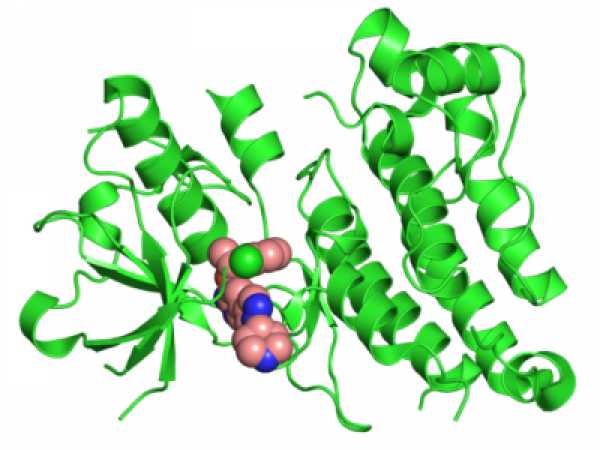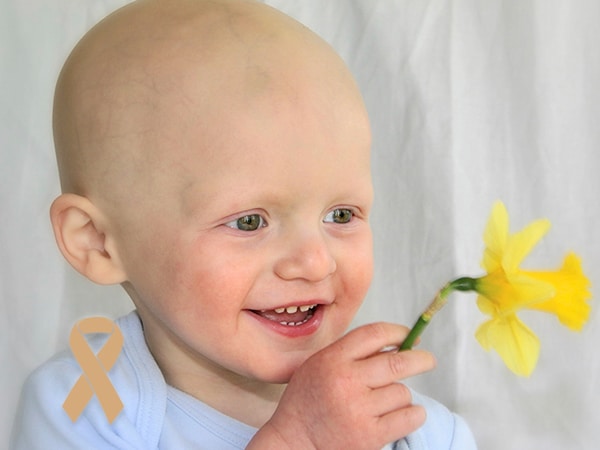New Treatment for Locally Advanced Form of Most Common Skin Cancer
Last week, the U.S. Food and Drug Administration (FDA) approved a new anticancer therapeutic called sonidegib (Odomzo) for patients with basal cell carcinoma—the most common form of skin cancer—that has advanced or cannot be treated with surgery or radiation.

Sun-safe habits such as wearing sunscreen and a wide-brimmed hat can help reduce your risk of skin cancer.
Skin cancer is the most commonly diagnosed cancer in the United States, with more than 2 million people treated for the disease each year. Basal cell carcinoma accounts for about 80 percent of these cases. Most patients with basal cell carcinoma are cured with topical therapy, surgery, radiotherapy, or a combination of these treatments. However, in a small fraction of patients, the disease progresses and becomes extremely challenging to treat.
Sonidegib is a molecularly targeted therapeutic that blocks a signaling pathway called the Hedgehog pathway, which is overactive in nearly all basal cell carcinomas because of the presence of certain genetic mutations in most cases of this type of cancer. Sonidegib is the second Hedgehog inhibitor approved by the FDA for the treatment of advanced basal cell carcinoma; the first, vismodegib (Erivedge), was approved in January 2012.
The FDA decision was based on results from the ongoing randomized, double-blind phase II basal cell carcinoma outcomes with LDE225 treatments (BOLT) clinical trial, which showed that more than half of the patients who received 200 milligram doses of sonidegib had their tumors shrink significantly. Because the median duration of response has not been reached, longer follow-up time is needed to determine the full extent of the benefit of this drug for patients.
Additional ongoing clinical trials are assessing whether sonidegib might benefit patients with other types of cancers that often have defects in the Hedgehog pathway, including medulloblastoma and pancreatic and small cell lung cancers. Therefore, we will no doubt learn more about the potential for this molecularly targeted therapeutic to benefit a wider group of patients in the near future.



